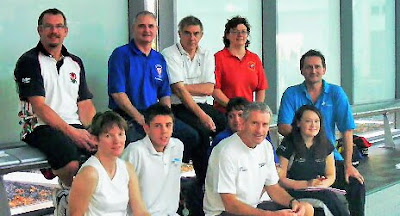Fig.1. Coach training with Bill Furniss, Nottingham
The Amateur Swimming Association, who train all our swimming teachers and coaches up to the highest level through the Institue of Swimming, have a hundred or so Open Learn like modules that take typically 2-3 hours to do including things like 'Coaching Disabled Athletes' and 'Working with athletes with learning difficulties'. And other important refresher modules such as child protection.
Fig.2. Learning for disabled students needs to be tailored to their specific needs
As we have now seen on H810 : Accessible Online Learning - far more so than in the general population, there are specific and complex needs. The general disability awareness for sport says, 'see the ability not the disability, play to their strengths' - as a coach you have to identify strengths from weaknesses.
Fig.3. Using an endless pool to examine swimming technique
Once you are working with an athlete then you find you need more specific knowledge on a, b, or c - which might be an amputee, someone with cerebral palsy, or no hearing. Each person is of course very different, first as a person (like us all), then in relation to the specifics of their disability so a general course for tutors and teachers then becomes a waste of time.
Fig.4. Lego Education using Lego Techniks
If we think of this kind of e-training as construction with Lego Techniks, then once you're past the introduction a 'set of bricks' should be used to assemble more specific answers and insights - even getting users - in this instance a coach and athlete, to participate in the construction based on their experience i.e. building up hundreds of case studies that have an e-learning component to them. The Lego Educational Institute are an astute bunch, their thinking on learning profound, modern and hands on.
Perhaps I should see what I can come up with, certainly working with disabled athletes the coach to athlete relationship is more 1 to 1 than taking a squad of equally 'able' swimmers. Then apply it to other contexts. And Lego are the ones to speak to.
'Lego Education' are worth looking at.
The thinking is considered, academic and modern - written in language that is refreshingly clear and succinct given the subject matter. The idea of 'flow' - Mihaly Csikszentmihalyi - is included while the 'Four Cs' of learning is a good way to express the importance of collaborative, self-directed construction and reflection:
- Connect
- Construct
- Contemplate
- Continue

Comments
New comment
A pity they used a red-green scale...
Not a good idea with red green colour vision deficiency being relatively common.
Jan
New comment
Ooops. What would you recommend? Possibly the option to pick your own range and choice of colours and degree of contrast? Problem is - this is a non-smart TV Graphic rather than something from the web.New comment
There used to be a very good BT public site on web-design for users with colour vision deficiencies.
I know we used it when designing IT systems at least 15 years ago. For one particular customer who insisted on red/orange/green progress coding, we used the BT site to pick very particular shades of red/green with light/dark contrasts reinforced by change of symbol shape too.
I think the BT site is no more... but I'm sure there will be some recommended colour palettes somewhere on the web. Blue/yellow dark/light is usually the better bet.
New comment
Here's a current site which gives an idea of the difficulties and some software support.
http://www.vischeck.com/daltonize/
It's a problem I'm particularly aware of since red/green colour deficiency runs in my family (father and a nephew). My father was an electronics engineer all his working life, but managed to find ways around the colour coding of components.
New comment
Thanks for these Jan.